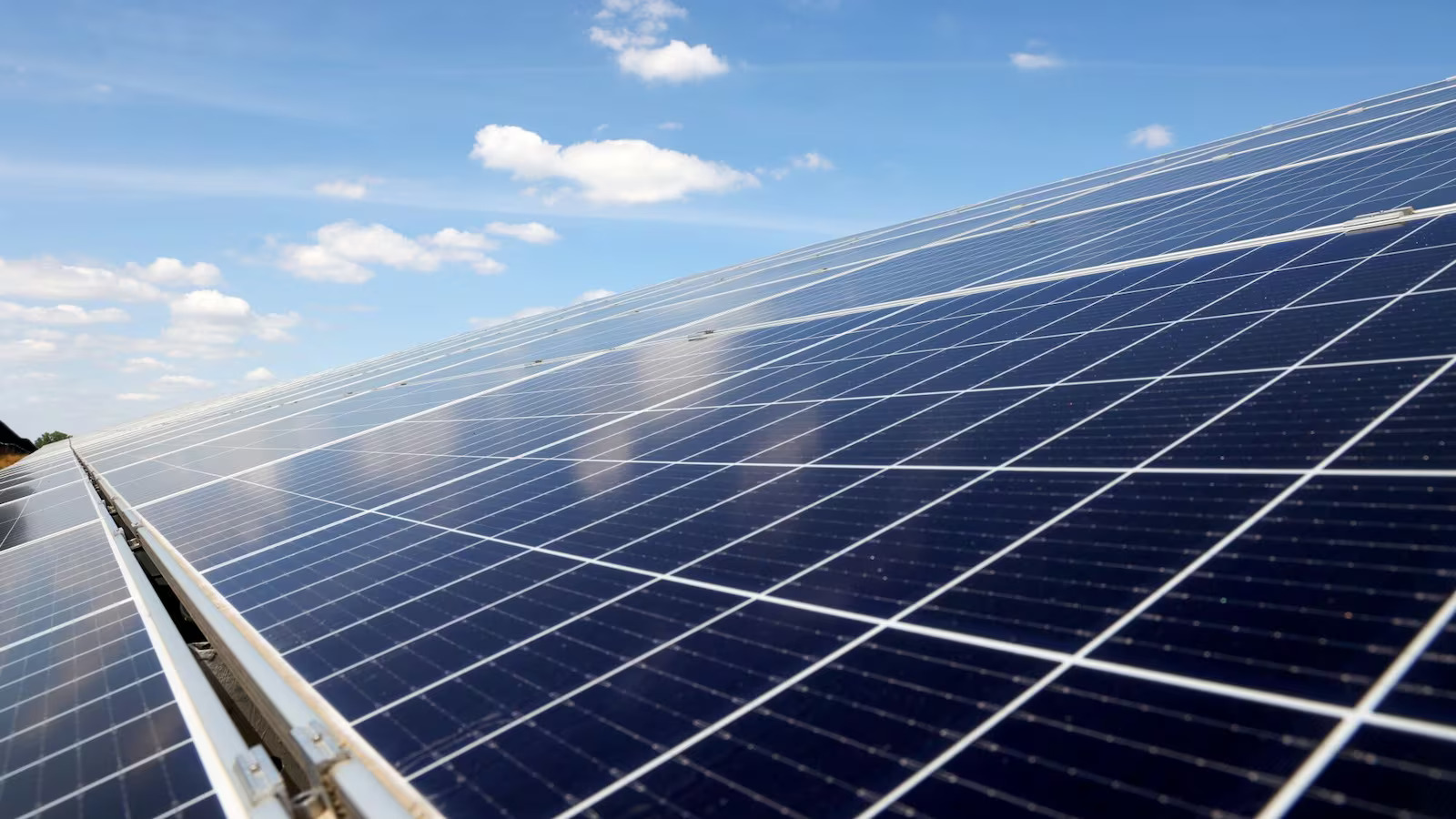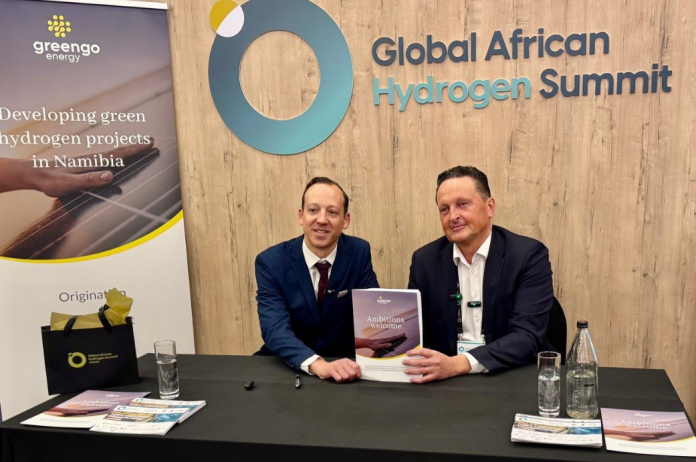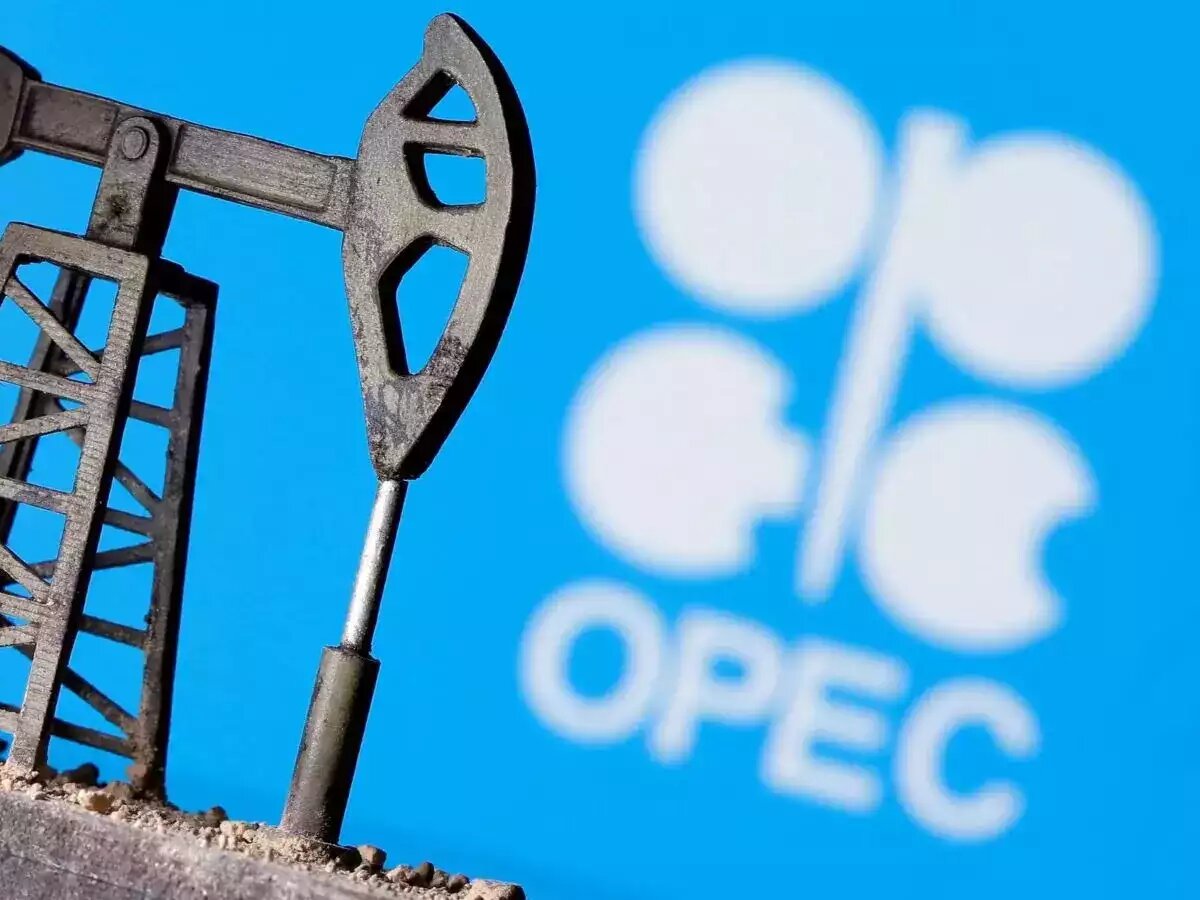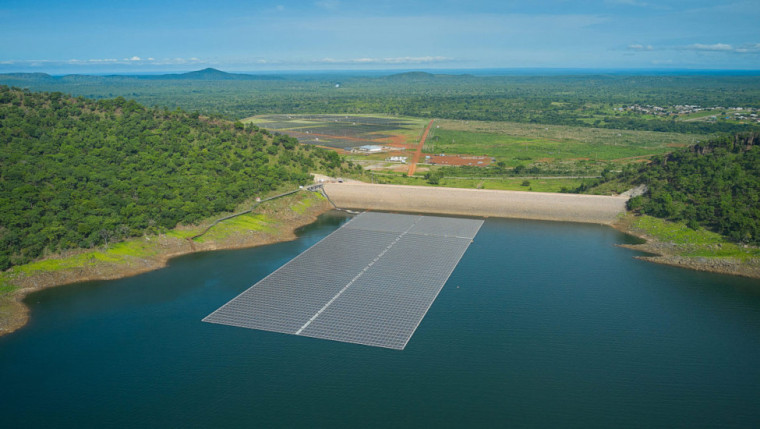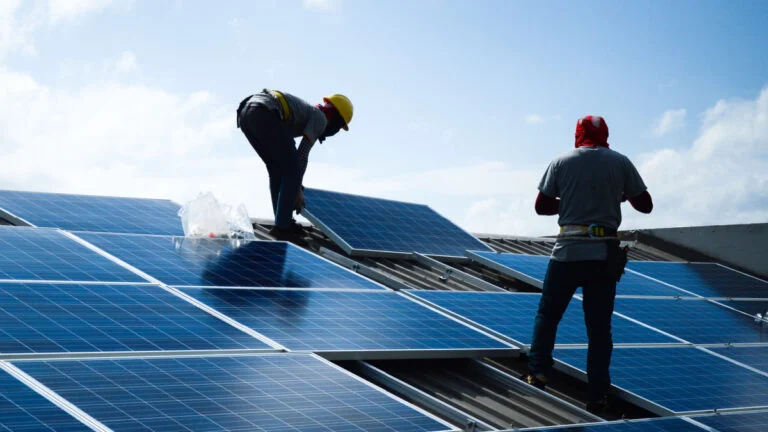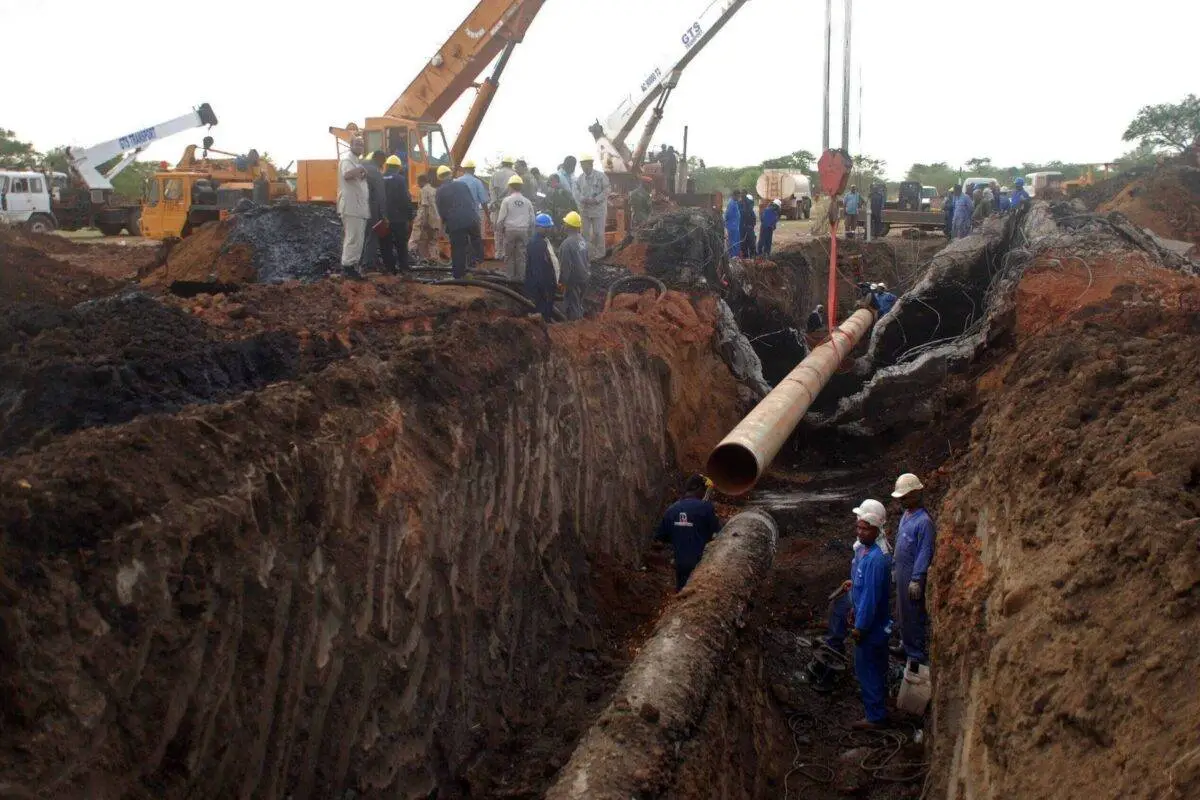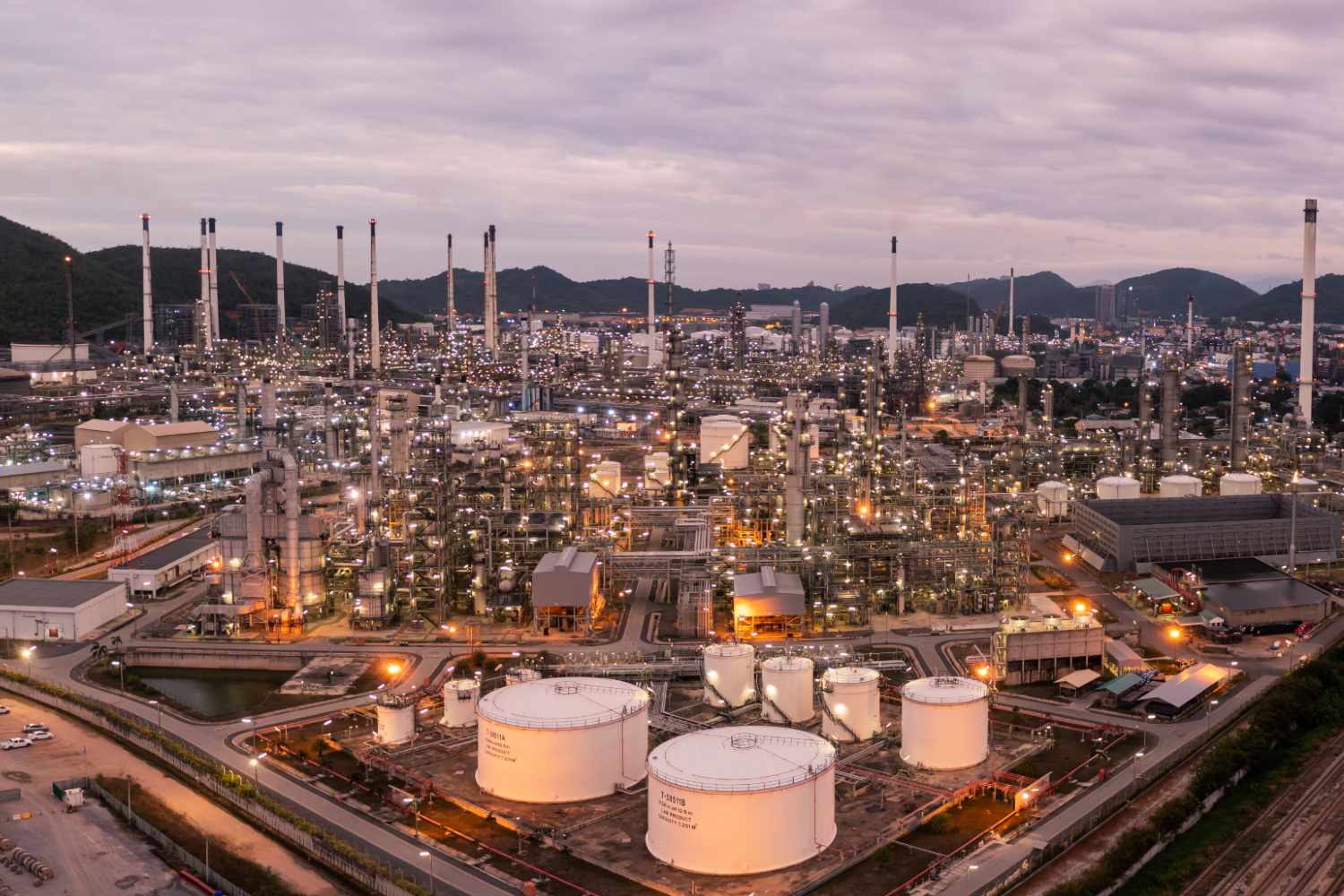Generation

Big shift as own-use power production crosses 500MW
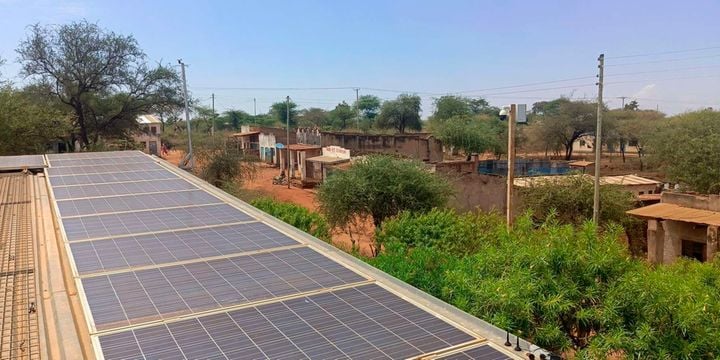
Corporates and households stepped up own-source power generation by 27.8 percent to 574.6 megawatts (MW) in the year ended December 2024, seeking cheaper and more reliable supplies.
Latest data from the Energy and Petroleum Regulatory Authority (Epra) shows it licensed an additional 125.1 MW of captive power last year, up from 449.5MW the previous year.
Captive power plants generate electricity primarily for consumption by the operator and not for sale to the public.
The latest installed capacity of captive power means corporations and households have more than doubled own-use electricity generation in just two years. The country’s captive power stood at 280.76 MW in 2022.
Epra said installed captive capacity mainly comprises biomass, solar, and hydro and closed last year accounting for 15.04 percent of the country’s total installed capacity of 3,811.6 MW. This is a rise from 12.2 percent a year earlier.
“Captive power generation continues to attract commercial and industrial consumers due to its cost-effectiveness, ease of setup, and supportive government policies. Notably, captive solar photovoltaic (PV) systems generation increased to 271.3 MW during the period under review,” said Epra in the latest energy statistics report.
Biomass energy
At 271.3 MW, solar PV accounts for the highest contribution (47.21 percent) to the country’s captive generation capacity, followed by biomass energy (161.8 MW), waste heat recovery cycle (83.5 MW), hydro (33 MW), thermal (21.3 MW) and geothermal (3.7 MW).
“The preference for this technology (solar) can be attributed to several factors, including the ease of setup, advantageous solar insolation levels in many regions of Kenya, cost-effectiveness in terms of energy production, and supportive government policies,” said Epra.
The rising switch to captive power presents a headache to Kenya Power which had for the longest been solely relied on by homes and industries.
Kenya Power’s largest electricity supplier Kenya Electricity Generating Company (KenGen) disclosed recently that it is planning to enter the captive power market as part of its revenue diversification strategy.
KenGen announced in January this year that it was looking for a consultant to carry out a feasibility study on the opportunities available in the renewable captive power market, with a focus on solar PV and geothermal power generation technologies.
Investment opportunities
The firm hopes to use the study to identify and evaluate growth potential and investment opportunities in this niche space that it says has hurt its business model by “delaying the implementation of generation project pipeline due to slow demand growth on the grid connection.”
KenGen says the growth of own-power generation (also called captive power generation) and the defection from the grid is due to among other factors the high cost of grid power, the need for reliable supply, and the dropping global world trends of prices for renewable energy technologies, specifically solar PV.
A growing list of manufacturers in Kenya including Mabati Rolling Mills, Bio Food Products, Total Energies Kenya, Maisha Mabati Mills, Simba Cement, Unilever Tea Kenya, British American Tobacco, Africa Logistics Properties, Bidco, and Devyani Food Industries have shifted to own solar power generation to cut operational costs and lower emissions.




